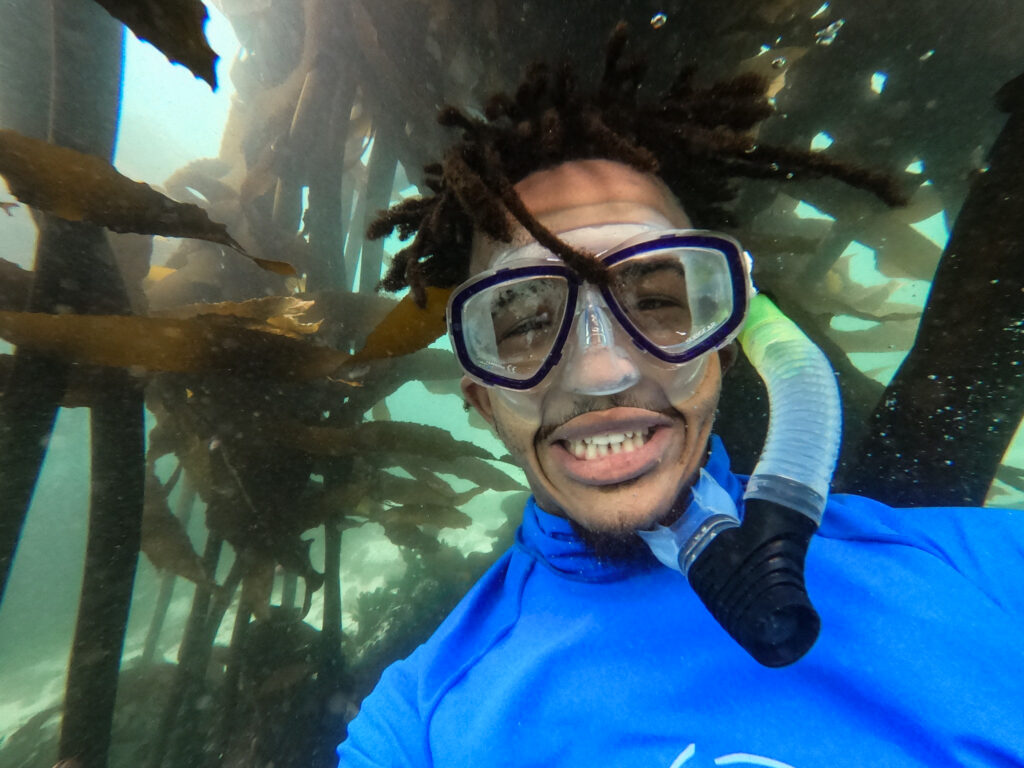Creating Awareness Through Dance – A Story by Wade Naude
My name is Wade Naude. I am a Junior Educator at the Save Our Seas Foundation Shark Education Centre. This is my story of how my love for movement and dance sparked my passion for science communication.
I’m from Paarl, a land-locked town, about 60 km out of Cape Town. I grew up in Magnolia flats which is one of the under-resourced or ghetto communities and so I got exposed to a lot of different challenges. Growing up, I only visited the ocean once or twice a year.
My grandmother raised my sister and I because my mother was unable to look after us. Despite that, my mother always tried her best to ensure we were cared for. She didn’t live very far from us and she’s a self-employed hairdresser, working from home. On weekends I often waited for her to finish with the customer’s hair just for some pocket money. I always listened to the stories she told them. One was a story of when I was just a little boy; she said I used to love dancing. She said once, I even got up on a talent show stage and danced, and I wasn’t even signed up for it. I don’t remember it at all, though.
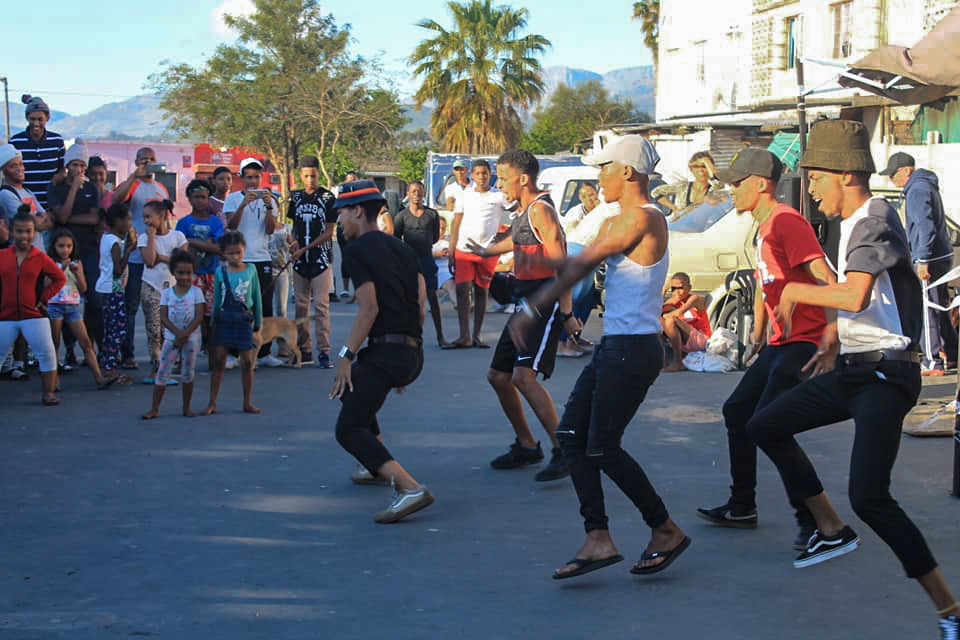
There were no role models for a young ‘kallit’ laaitie from the ghetto. A lot of kids I grew up with were either getting involved in gangsterism or drugs, with some lost along the way. Before my journey in marine science and dance started, one of my most important decisions was choosing my circle of friends. Friends can greatly influence the decisions you make growing up, especially in the ghettos.
When I changed my friendship circle, the new friends were all good dancers, and they were the ones who ignited my passion for dance. Before that, I couldn’t dance, but spending more time with them made me want to learn. Sometimes we would chill on the corner of the flats with a big Bluetooth speaker and dance for fun. People would stop and watch us as they passed by. Kids would gather around to watch us, and later they would start dancing. My friends and I created events in our community where we would get a line-up of local rappers, singers, and dancers to perform. Later, I even started teaching some community kids different dance routines (choreography).
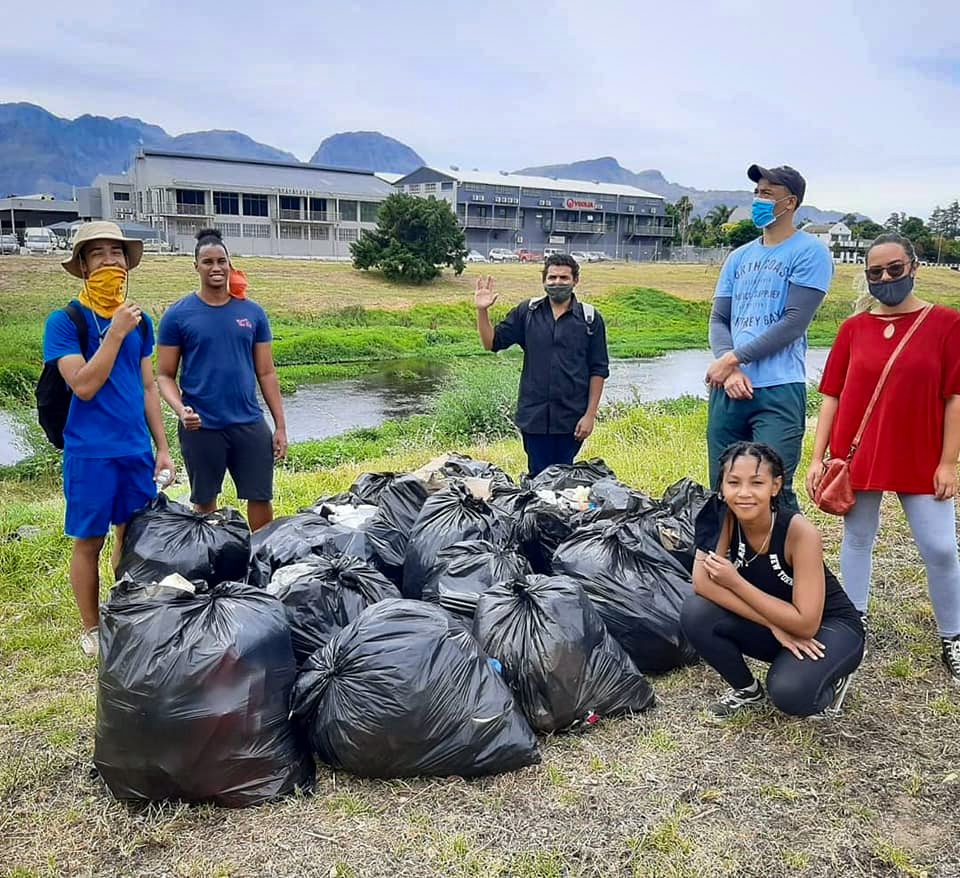
I started to see the power that dance carries and the joy it can spread. When people watch dancers perform, they get to feel what the dancer feels. Dancers have a way of using movement to express what cannot be explained using words. It does not require a specific race, gender or language, making it a universal language. For this reason, dance can reach a larger crowd if used as a tool to share messages.
KRUMP ‘is a style of dancing to popular music, especially hip hop, characterised by rapid, exaggerated movements of the arms and legs’. It was founded by Ceasar Willis (Tight eyez) in the 90s in Los Angeles when they had high crime rates. Dancers used it as an outlet to express themselves and served as a temporary reprieve from the daily violence they had to endure.
Whenever I KRUMP, I disconnect from my surroundings, and it’s like I enter a whole different space. The style is very expressive and contains a lot of emotion, immediately allowing people to connect because they get to see those emotions. I have recently used KRUMP in the environmental space, e.g. one of my concepts was using KRUMP to show how people can be connected or disconnected from nature. The connected character appreciates nature more, but the disconnected character does not. During the dance, the disconnected character faces different obstacles throughout his day, which prevents them from cherishing nature. But in the end, the two characters meet to share and learn from each other. The connected character shares his knowledge but also acknowledges the daily obstacles the disconnected character faces. The feedback I received from this performance, made me realise that it is possible to use dance as a tool of education. A different form of education that does not require one to sit down and read but to look up and watch.
Alongside my passion for dance, I was exploring an interest in Science. Despite my limited experience with the ocean, there was something intriguing for me about Science and in particular, Marine Science. In 2020, I started studying for my diploma in Marine Science from the Cape Peninsula University of Technology. At university I was exposed to a whole new environment and it was there that I truly started following my passion. I began to enjoy my course only when I learned all of the unique and interesting facts about the ocean. As my high school was under-resourced, we couldn’t do dissections or lab work, so that was fascinating when I got to university. I made sure I grabbed every opportunity I could.
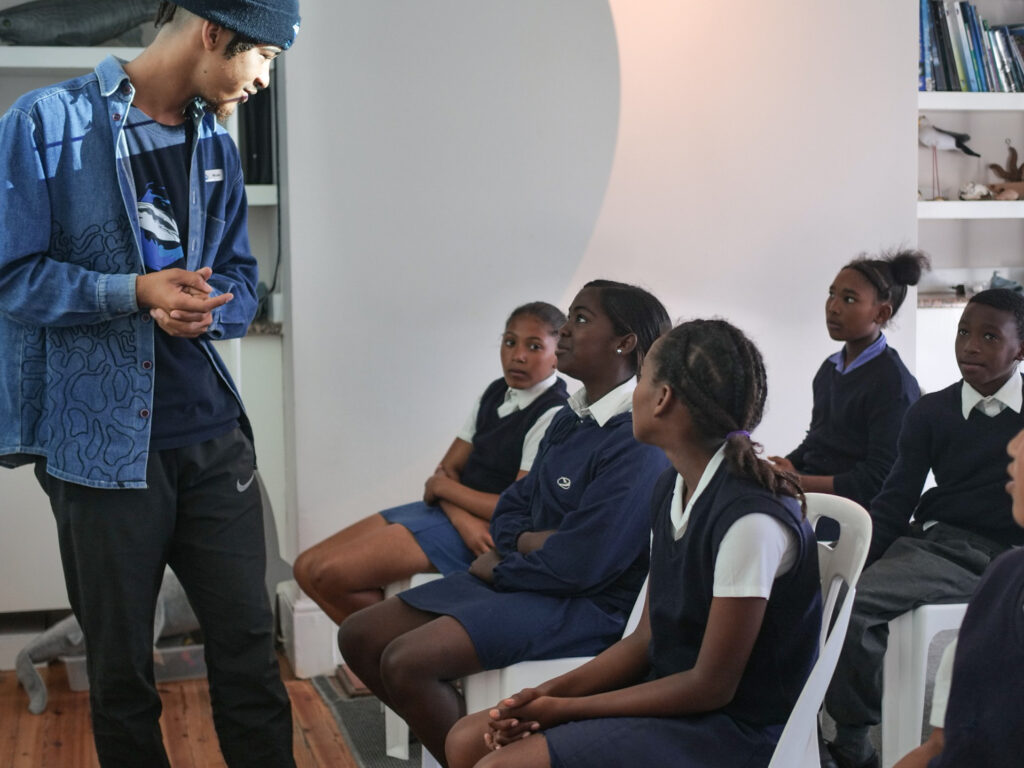
My course made me realise that I am connected to the ocean, no matter how far away. I was still reaping the ocean’s benefits through the water I was drinking and the oxygen I was breathing. I also discovered that many people of colour who now believe they have no nature connection actually used to be the custodians of nature—the Khoi and the San, genetically found to be the oldest modern humans. Because of the effects of colonisation and apartheid, they have been driven away from their cultural beliefs and practices. One of their primary practices was looking after nature; in return, nature looked after them.
Nowadays, most Khoi and San descendants live in large communities where their primary purpose is survival, but this time in a modern world.. It makes it hard to appreciate nature if you have to worry about what you will eat tonight. They are also occupied by daily obstacles and are already in an environment where the majority would throw their rubbish anywhere. It is sometimes tough to break the norm of society because if you do, you are judged or ridiculed.
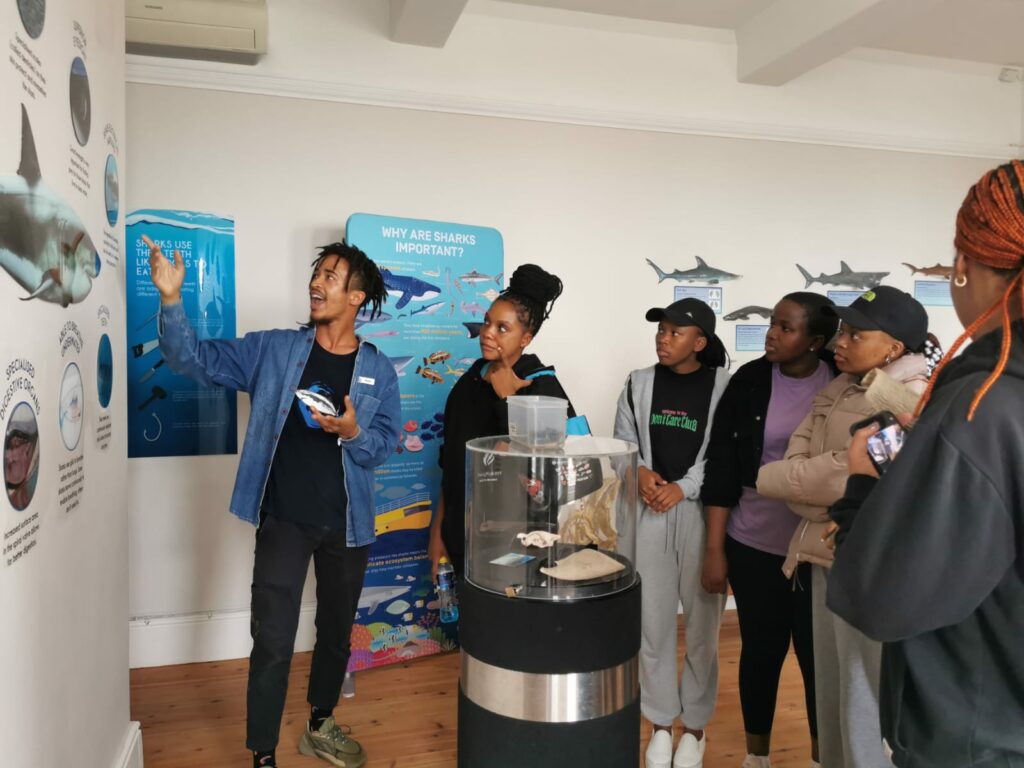
Now that I am working at the Save Our Seas Foundation Shark Education Centre, with kids visiting us from under-resourced communities. I am developing tools which I may be able to use to reconnect people in my community and other communities of colour to the ocean. The issue is deeper than telling people in under-resourced communities to start recycling and conserving nature. We must find ways to reconnect them with nature by meeting them halfway. I aim to use dance more often in this space to reach a larger crowd and make the information accessible to all.

